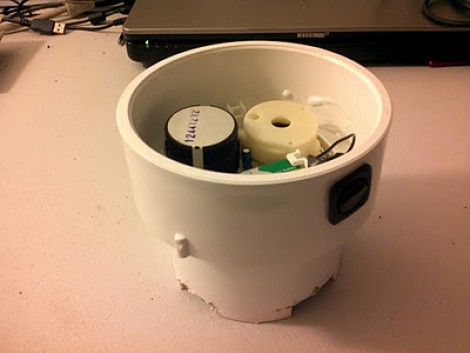The latest from WikiLeaks is the largest collection of documents ever released from the CIA. The release, called ‘Vault 7: CIA Hacking Tools Revealed’, is the CIA’s hacking arsenal.
While Vault 7 is only the first part in a series of leaks of documents from the CIA, this leak is itself massive. The documents, available on the WikiLeaks site and available as a torrent, detail the extent of the CIA’s hacking program.
Of note, the CIA has developed numerous 0-day exploits for iOS and Android devices. The ‘Weeping Angel’ exploit for Samsung smart TVs, “places the target TV in a ‘Fake-Off’ mode, so that the owner falsely believes the TV is off when it is on.” This Fake-Off mode enables a microphone in the TV, records communications in the room, and sends these recordings to a CIA server. Additionally, the CIA has also developed tools to take over vehicle control systems. The purpose of such tools is speculative but could be used to send a moving car off the road.
It is not an exaggeration to say this is the most significant leak from a government agency since Snowden, and possibly since the Pentagon Papers. This is the documentation for the CIA’s cyberwarfare program, and there are more leaks to come. It will be a while until interested parties — Hackaday included — can make sense of this leak, but until then WikiLeaks has published a directory of this release.
Header image source (CC BY 2.0)
















